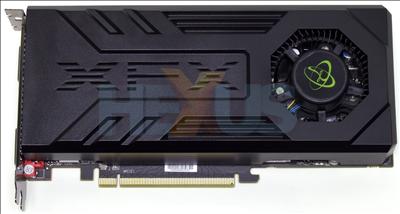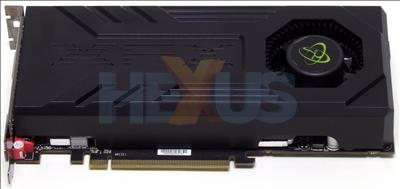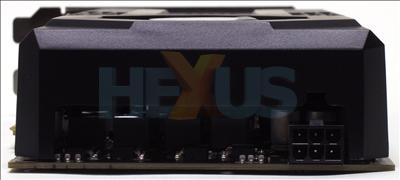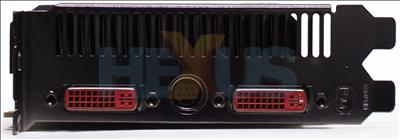A revised cooler
XFX is currently etailing the entire Radeon HD 4800 range, which encompasses no less than nine cards, split over the HD 4830, HD 4850, HD 4870, and range-topping HD 4870 X2.The Radeon HD 4850 family consists of a stock-clocked version, running at 625MHz core/shader and 512MB GDDR3 memory operating at 1,986MHz. Then there's the XXX Edition, shipping with 650MHz/2,100MHz clocks, but with the same frame-buffer size. Lastly, there's the 1GB frame-buffer version, clocked in at reference speeds. Got all that?
The trio of HD 4850 cards are identical in external appearance, with the cool-looking black PCB largely hidden under a double-height cooler.
The obvious downside is that, now, the card takes up two slots rather than just one present on most cards, but it's not really a big a problem as it would be on lower-end cards, which are more-suited for HTPC chassis. Anyone considering HD 4850, and above, will be using a large-ish chassis, we reckon, so space should not be an issue.
Thermal performance of the reference Radeon HD 4850 has been called into doubt since its inception in June of last year, so we're pleased that XFX has taken steps to remedy the situation with a GeForce-like cooler.
It's pretty quiet in 2D and only a touch more noisy when under the cosh in 3D apps.
The black PCB makes the board stand out from the competition. But a PCB is just a PCB. You'll probably know that the two fingers at the top-right of the board mean that (up to) three further boards can be daisy-chained for four-way CrossFireX.
The red-coloured DVI ports are a nice touch, too. Hot air is vented out from the chassis via the grills at the top, much in the vein of previous double-height coolers employed by ATI.
Right now, Radeon HD 4850 512MB cards start at around £115, including VAT, and this pre-overclocked model is currently listed at £124.99. On paper, it makes a strong case, so let's see if the benchmarks bear it out.














